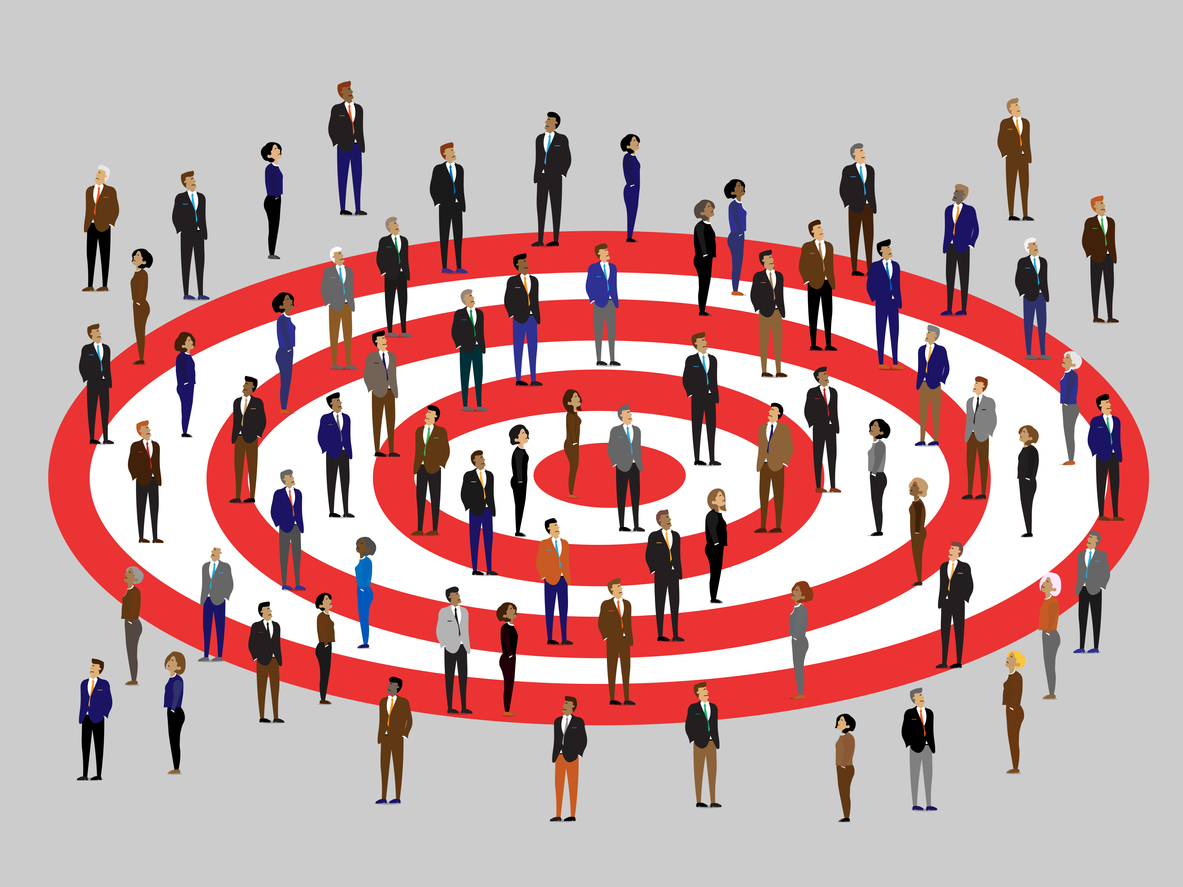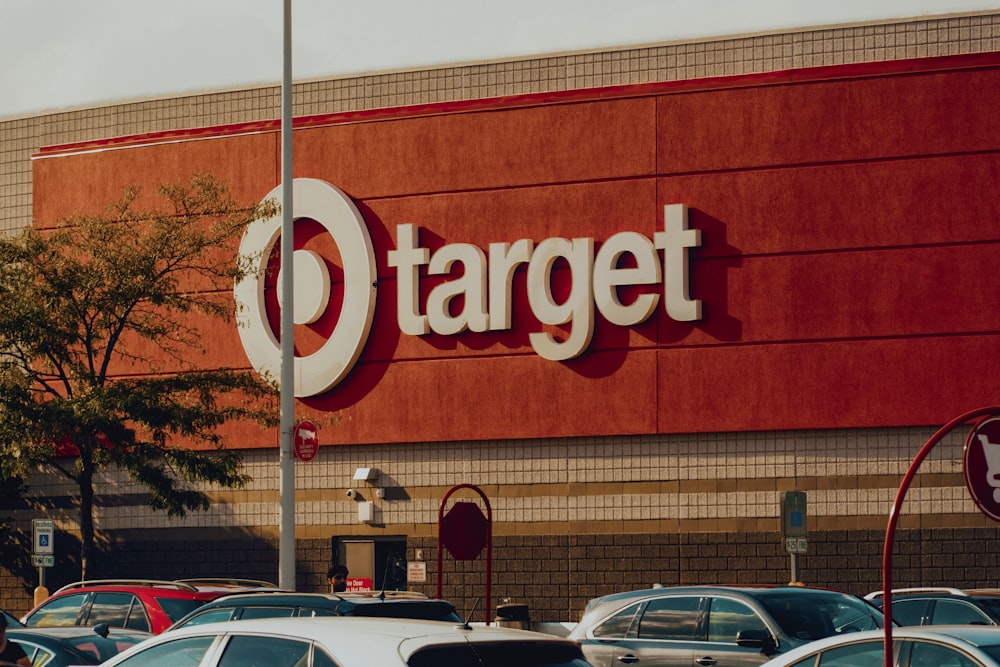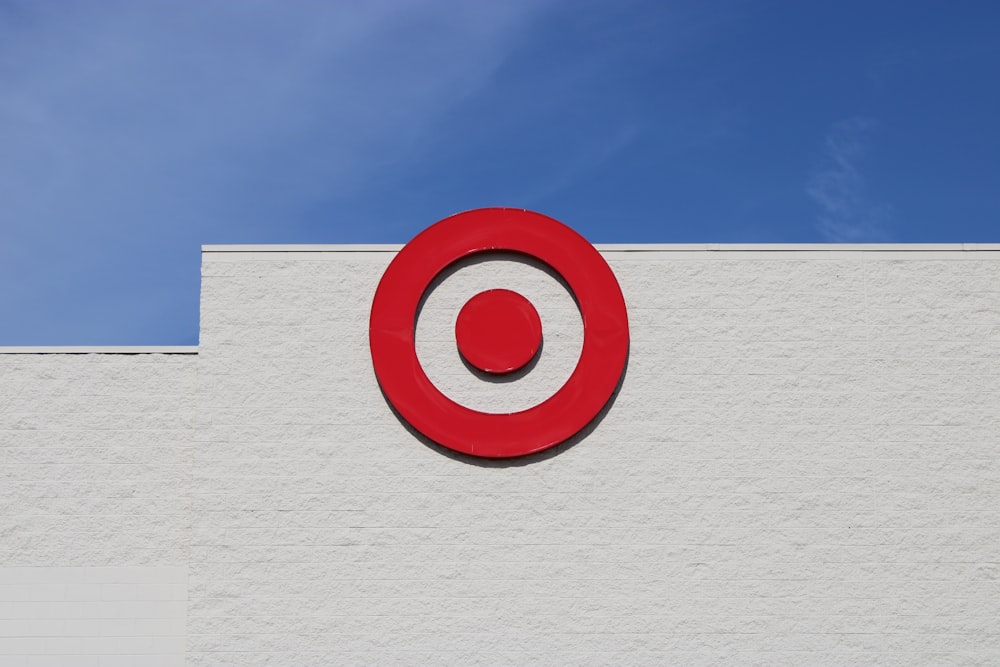
As a retail professional, understanding Target’s success is crucial to gain insights into the industry and learn from one of its leading players. Drawing from the success of Target history, this blog post will explore how it has become a popular choice for those seeking value in their purchases and discuss its moral foundations set by George Draper Dayton as well as innovations that have kept them ahead of competitors. Additionally, we will discuss forward-thinking innovations that have kept Target ahead of its competitors while maintaining customer satisfaction.
Lastly, our analysis covers store redesigns & quality merchandise as well as effective marketing strategies and partnerships which have played pivotal roles in establishing Target as a retail powerhouse. Join us on this journey through the history and achievements behind one of America’s most successful retail corporations and Target’s history.
Target’s Origins and Growth

Target’s success story began with George Draper Dayton purchasing a department store in 1902 named Goodfellow Dry Goods, which he later renamed after himself, Dayton’s Dry Goods. In 1910, the company expanded into different retail segments, catering to diverse customer needs and increasing their market presence.
In 1962, Target opened its first store in Roseville, Minnesota, offering quality products at affordable prices. By divesting non-Target assets worth billions of dollars, the company focused on growing its core business and maintaining competitiveness within the industry. Five years later, the company was renamed to the Dayton Corporation.
Following that, in 1969, the company merged with J.L. Hudson and became the Dayton-Hudson Corporation that eventually took over other department stores such as Mervyn’s, Hudson’s, Dayton’s, and Marshall Field’s.
Finally, in 2000, the company officially became the Target Corporation and solidified their place in the industry. Target’s official history page contains an elaborate timeline that delves into more details.
Target’s Strong Moral Foundation

Target’s strong moral foundations and forward-thinking innovations have also contributed significantly to its ongoing success. Target’s prosperity is rooted in the ethical standards of its founder George Dayton, who held that contributing to society and improving people’s lives was paramount.
- Religious influence on business decisions: George Dayton’s devout Christian beliefs shaped Target’s commitment to social responsibility.
- Charitable contributions from early profits: Target has always prioritized giving back to the community, starting with donations from its early profits.
- Consistent donation of pre-tax profits: Target has donated 5% of its pre-tax earnings each year since 1946, totaling millions of dollars annually.
Target also partners with organizations like United Way Worldwide to support causes such as education, sustainability, and diversity & inclusion.
Target’s commitment to social responsibility and philanthropy has helped maintain a positive reputation for the brand. As a result, its success is owed to its strong moral foundation and commitment to social responsibility, including consistent donations of pre-tax profits.
Target’s Forward-Thinking Innovations
Target has a history of being ahead of the game with industry-first initiatives that contribute to their success.
- First retailer to offer retirement plans: Target was among the first retailers to offer a comprehensive retirement plan for employees, setting a precedent in employee benefits within the retail sector.
- Implementation of barcode scanning technology: Target implemented barcode scanning across all stores back in the late 1970s, streamlining operations and improving inventory management significantly.
- Introduction of store credit cards: Target introduced their own line of credit cards called REDcard, providing customers with additional discounts and perks when shopping at their stores or online.
- Optimized small-format stores for online orders: Target began optimizing some locations as small-format stores specifically designed for quick pick-up services, allowing customers who order online or via mobile apps to easily collect items without having to navigate large store layouts.
Target’s proactive approach towards embracing change has helped them stay ahead in today’s rapidly evolving retail landscape, maintaining an edge over competitors like Walmart and Kmart. Target history and success is no accident – their forward-thinking innovations like barcode scanning and small-format stores keep them ahead of the retail game.
Target’s Secret to Success: Store Redesigns and Quality Merchandise

Target’s success lies in their commitment to keeping customers engaged through fresh store layouts and concepts, making each visit feel like a new experience.
They also prioritize their private label products, such as the durable and affordable children’s clothing line, Cat & Jack, the trendy women’s fashion brand, A New Day, and the functional home goods line, Made By Design. This emphasis on private label products sets Target apart from competitors, building customer loyalty and trust.
Many other retailers are catching on to this trend over the past decade, however, Target’s brands continue to offer an excellent balance of style and value.
Effective Marketing & Partnerships

Target’s success history is also largely due in part to their clever marketing strategies, including the iconic bullseye logo and lovable mascot, Bullseye the dog, which help create a strong connection with customers and set them apart from competitors.
Target has also sought to bolster their offerings through alliances, for instance, taking over CVS pharmacies, which extended the range of products and services they provide, thus solidifying their standing as a go-to destination for shoppers.
These efforts demonstrate how well-executed marketing campaigns and strategic partnerships can drive growth for retail businesses like Target, leading to long-term success in a competitive industry.
- Iconic bullseye logo and mascot: These distinctive symbols build brand recognition and customer loyalty.
- Effective store layout: Target continually redesigns their stores for improved shopping experiences that keep customers engaged.
- Acquisition of pharmacies from CVS: This partnership expanded Target’s offerings and enhanced their reputation among customers.
FAQs in Relation to Target Success Factors
What Makes Target More Successful in 2023?
Target’s strategic plan for 2023 focuses on improving digital capabilities, expanding small-format stores, investing in exclusive brands and partnerships, enhancing supply chain efficiency, and providing personalized experiences to customers.
Is Target Still Successful Today?
Yes, Target continues to be highly successful, with consistent growth in sales and profits, thanks to its innovative strategies that cater to evolving consumer preferences. According to their financial report, they show no signs of slowing down are are making quick adaptations to maximize profits and retail survivability.
What Challenges is Target Facing?
Target faces challenges such as increased competition from e-commerce giants like Amazon and other brick-and-mortar retailers, supply chain disruptions, and staffing shortages due to the COVID-19 pandemic.
Conclusion: Target History Hit the Bullseye

Target history and success can be attributed to a combination of factors, including its evolution from a department store to a retail giant with smaller format stores optimized for online orders.
With strong moral foundations, forward-thinking innovations such as barcode scanning technology, frequent store redesigns, quality merchandise at affordable prices, and effective marketing & partnerships, including the iconic bullseye logo and mascot, Target continues to thrive today.
Now that you’re well-versed on Target history, make sure to listen to our RetailWire podcast to gain more insight into the industry. Stay current with RetailWire for some of the best news and information in the industry!
